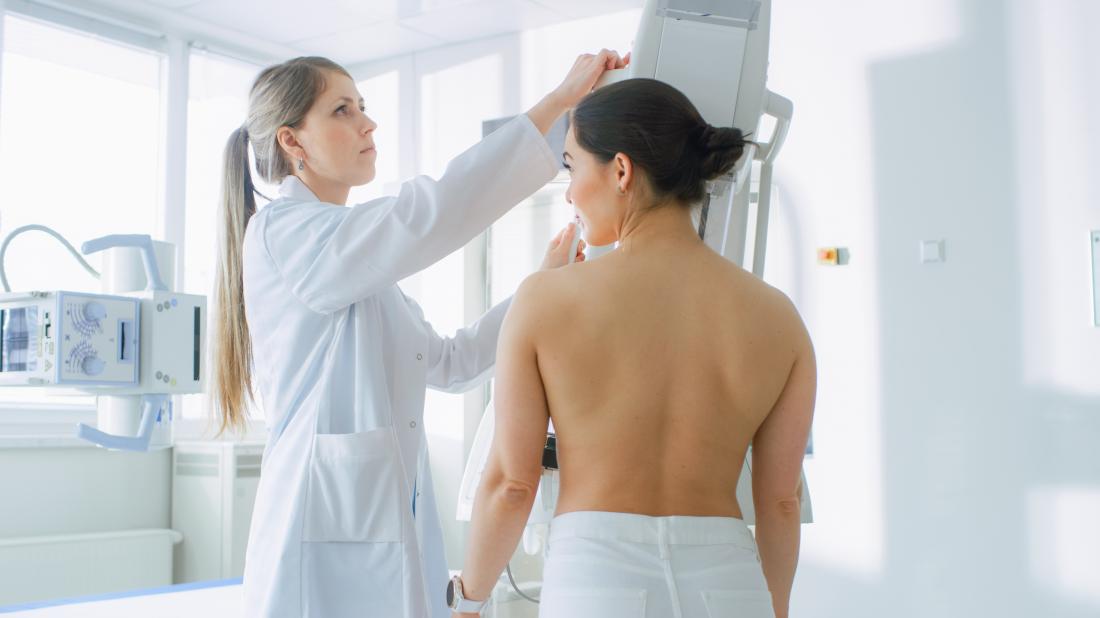Other than the lump itself, a person with a fibroadenoma is unlikely to experience any symptoms.
In this article, we look at the causes of fibroadenomas and how doctors diagnose and treat them.
What is a fibroadenoma?

A fibroadenoma develops in the breast and is common in women.
A fibroadenoma is a benign tumor that can develop in the breast. Doctors do not know why some people develop them and others do not. They are common in women but rare in men.
The tumors consist of glandular and connective tissue, and they can vary in size. Some are so small that a person cannot feel them, while others are easy to locate during a self-examination.
A person may have one fibroadenoma or many. Fibroadenomas may maintain their size or grow or shrink over time.
If a fibroadenoma is large enough to touch, it will usually feel like a round, relatively firm lump that it is possible to move under the skin.
Doctors classify fibroadenomas as either simple or complex. According to the American Cancer Society (ACS), simple fibroadenomas look the same all over when a doctor examines them under a microscope. Complex fibroadenomas are usually larger and have different features.
Symptoms
A fibroadenoma is not usually painful or tender to the touch. Most people do not experience any symptoms other than the lump.
However, according to Breast Cancer Care (BCC), fibroadenomas may feel tender before a person’s period. They may also get bigger during pregnancy, breastfeeding, or while taking hormone replacement therapy.
However, they will usually return to their previous size after these hormonal fluctuations.
Diagnosis
According to the ACS, doctors can detect a fibroadenoma through an initial physical examination if it is large enough. If the doctor suspects a fibroadenoma, they will confirm it using an imaging test, such as a mammogram, an ultrasound, or both.
To be sure that the lump is a fibroadenoma, the doctor may recommend a biopsy. The individual will receive a local anesthetic, after which the doctor will remove a small sample of the lump to send to a laboratory for testing.
Treatment

A doctor may recommend surgical removal if the fibroadenoma has any abnormalities.
If a fibroadenoma has any abnormalities, a doctor may recommend surgical removal.
This procedure can take place under either a local or general anesthetic.
The choice will depend on the features of the fibroadenoma and its location in the breast.
However, according to 2015 research, surgery is rarely necessary if the cells of the fibroadenoma appear normal. Surgery could leave scars on the breast, which may interfere with future imaging tests.
A fibroadenoma may grow or shrink. If this occurs, a doctor may suggest regular checkups to monitor these changes.
Complications
Fibroadenomas do not usually cause any complications. It is possible that a person may develop breast cancer out of a fibroadenoma, but this is highly unlikely.
According to research, only around 0.002 to 0.125 percent of fibroadenomas become cancerous.
Takeaway
In most cases, a fibroadenoma will stay the same or shrink, and it will not affect a person’s life.
However, it is essential that anyone who finds a lump in their breast seeks further medical advice. Identifying a fibroadenoma is straightforward, and treatment is not often necessary, but a diagnosis can give a person peace of mind.

